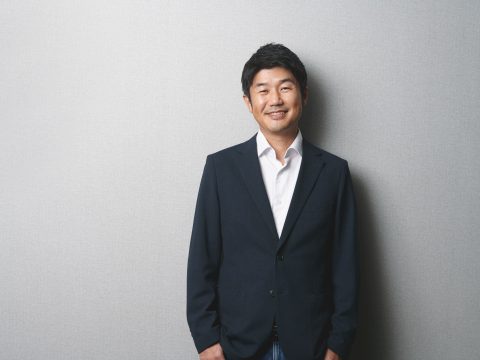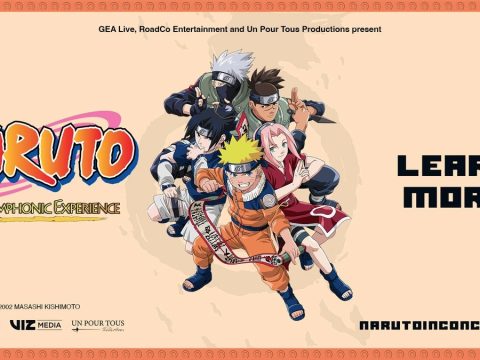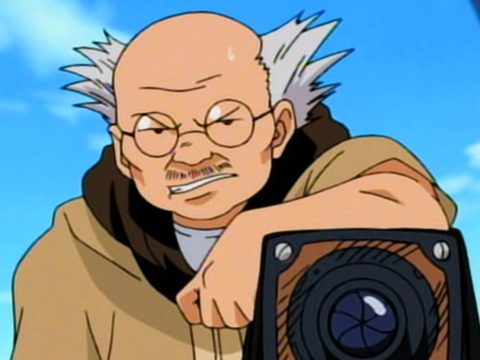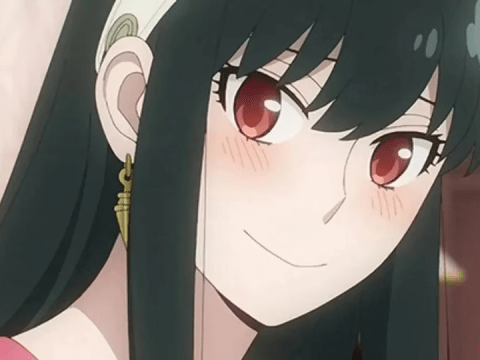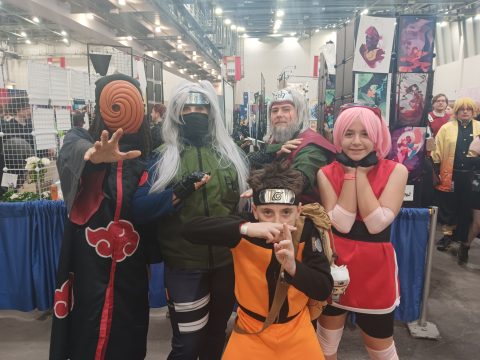
Yuri Lowenthal and Tara Platt are professional voice actors in hits like Naruto and Boruto, coauthors on two books about voice-over (Voice-Over Voice Actor: What It’s Like Behind the Mic and Voice-Over Voice Actor: The Extended Edition), and also husband and wife. And they’re about to offer three virtual (and interactive) voice-over classes through the platform BRIGHT. At $30 a pop, each class has a different theme, and while the first class has already sold out, there are two more to go. Otaku USA talked to Lowenthal and Platt about the classes, how they teach voice-over lessons, and their latest projects in anime and beyond.
What’s going on with your acting classes?
YURI LOWENTHAL: A company called BRIGHT that does live events reached out to us about doing some voice acting classes. Over the years, because of the book probably, a lot of people have asked us, “Are you going to teach classes?” We’ve done workshops at conventions and my alma mater, but we hadn’t done a class. We thought this might be the right time to try it out.
TARA PLATT: It’s three different classes, each an hour long. It’s enough for people to dip their toes in and get some actual information. We also wanted to make it something more people could access more inexpensively, but still get really good, solid data. I just found out that the first class is already sold out.
So even though the first one’s sold out, people can still go to the other two?
TP: Yes. And for any burning questions that were part of part one, we’ll answer in part two.
YL: Each of the three classes will have a different focus. There will be a portion of each class for Q&A. Whatever people want to know, we’ll try to answer as many questions as we can. We could potentially do future classes, but we’re starting out with these three.
What are you going to cover in these classes?
YL: We break it down into simple things that we think would be most wanted. The first is called Finding Your Voice. If you’re just getting into this, or you’re curious about it, this is where you start.
TP: It will discuss the different types of voice over that’s out there and what types of vocal sounds you find in those particular jobs. Because certain people’s voices lend themselves to do certain types of work. That will be the focus of the first one, but then we’re also going to leave at least 20 minutes at the end for open Q&A because people will have specific questions related to their work. I want people to be able to really get their questions answered. The cool thing about BRIGHT is that you can have people join the class on-stage with you, even though it’s all virtual. We’ll bring people up and talk to them. But if people don’t feel like coming up, there’s no pressure. It should be a lot of fun.
YL: The second class is Making Creative Choices. So that’s the types of work you’d put into your audition to make it stand apart.
TP: The second one is more about taking apart the copy and the script. It’s going through scripts and pulling it off the page so you’re making choices that support what’s on the paper in a quick way.
YL: The third one is finding ways to change it up. For example, if you receive direction from a director to change your read somewhat, this will help you to have a bunch of tools at your fingertips so you can find ways to vary up your reading.
TP: We call that one Adding Spice to Your Read.
YL: If these go well and people want more, we’ll do classes in the future that attack more of the business side, like finding representation and how to set up your own home studio.
How does this expand upon your books on voice work?
YL: It will definitely be centered on stuff that we wrote about, because we have sort of a framework. But we’ll be able to work with people one-on-one and we’ll get to field questions.
TP: You don’t have to have read the book to come to the class. You can come knowing nothing and you can come knowing a lot, and wherever you’re starting from, that’s where we’re going to help you.
And you have two books, right? And one’s an extended edition?
TP: Right. It’s a second edition with a lot more new material.
YL: It came almost ten years after the first book.
TP: There’s a lot more new material in the second, updated, extended version.
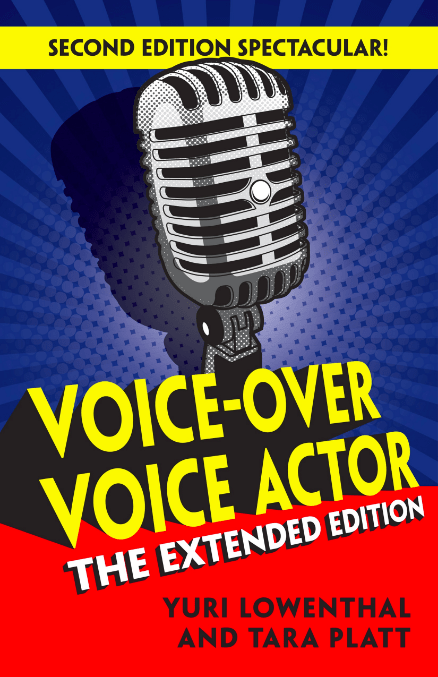
What sort of new material is there?
TP: We added a whole chapter on performance capture and motion capture. Back when we wrote it ten years ago, while we had done some work in that arena, it wasn’t a large portion of our work. But now in video games, a lot of times when you get cast as a character, you’re also expected to do the performance capture or motion capture.
YL: We also have a section of people who read the first book back in the day and are now working professionals. It’s their comments on their journey, so you don’t just hear it from us. It’s also updated because technology has changed and we’ve learned more and have more under our belts.
TP: We’re going to show people our home booth setup, but we’re also going to talk about travel rigs, because for a lot of people you have to audition on the fly. People want to have a microphone in their car, so if they have an audition at lunch, they can go out and do it.
YL: And there’s a whole workbook section in that book as well.
And where can people get that?
YL and PT [in unison]: Amazon.
TP: There’s an e-version, so you can get it on Kindle. There’s a print edition, and we also recorded an audio book. With the audio book, you actually get a vocal warmup with tongue twisters and things like that. But the print edition has the workbook and the audio book doesn’t, so each edition caters to what you might be interested in.
What else do you have going on?
YL: At this point I always love to talk about Orbital Redux. Orbital Redux is a live-action sci-fi show that I did a couple years ago. It was for a live, digital platform from Legendary Films. It was their attempt to have a streaming platform, and they were looking for shows that have a strong live component, and an interactive component. Steven Calcote pitched the show to me. He said — and this is one of the greatest pitches ever — “Yuri, I’m building a spaceship and I want you to pilot it. And here’s my story —” And I said, “I don’t need to hear the story. The answer is yes. You can keep talking now, but know that the answer is yes.”
So it was a weekly sci-fi show that was performed live and streamed live. So no cuts, no edits, no stops, no starts. When he said, “Go,” the whole show was done in real time. The music for the show was performed by a band on the stage, in real time.
TP: It’s scripted. It’s not improv. You guys had to memorize it, like doing a play every week.
YL: Yes. But with sci-fi you need visual effects, and all of those were happening live. If something exploded on the ship, it was blowing up in my face.
TP: And the audience could actually affect what was happening. So the audience in the chat room could say, “Now we want this character to say this line.” And they’d have to suddenly let the actors know. The whole thing was insanity when you think about what they did.
YL: But somehow we managed to pull it off. It was eight episodes. It came out great, but we always were sad because the platform went away soon after that, so we weren’t able to build an audience to do a second season. But we loved how it came out. So when the rights to the show reverted to us, we thought we’d cut together the best version of every episode to see if it stood on its own. If it was just a gimmick that it was live and if that was why people were watching, fine, we’d let it go. But they did stand on their own, so we started pitching to places that would cater to sci-fi. And we landed at Dust. Dust is a streaming sci-fi service. They’re free. You can get the Dust app or watch on their Facebook page or YouTube channel, or just by going to watchdust.tv. It was the perfect fit, and it premiered in September. All episodes are live there, and there’s also a behind the scenes featurette so they can see what went into the making of the show.
TP: The madness.
YL: I love the show and would love people to watch it. Enjoy the show! I’m glad the people who didn’t get to see it live finally get to see it.
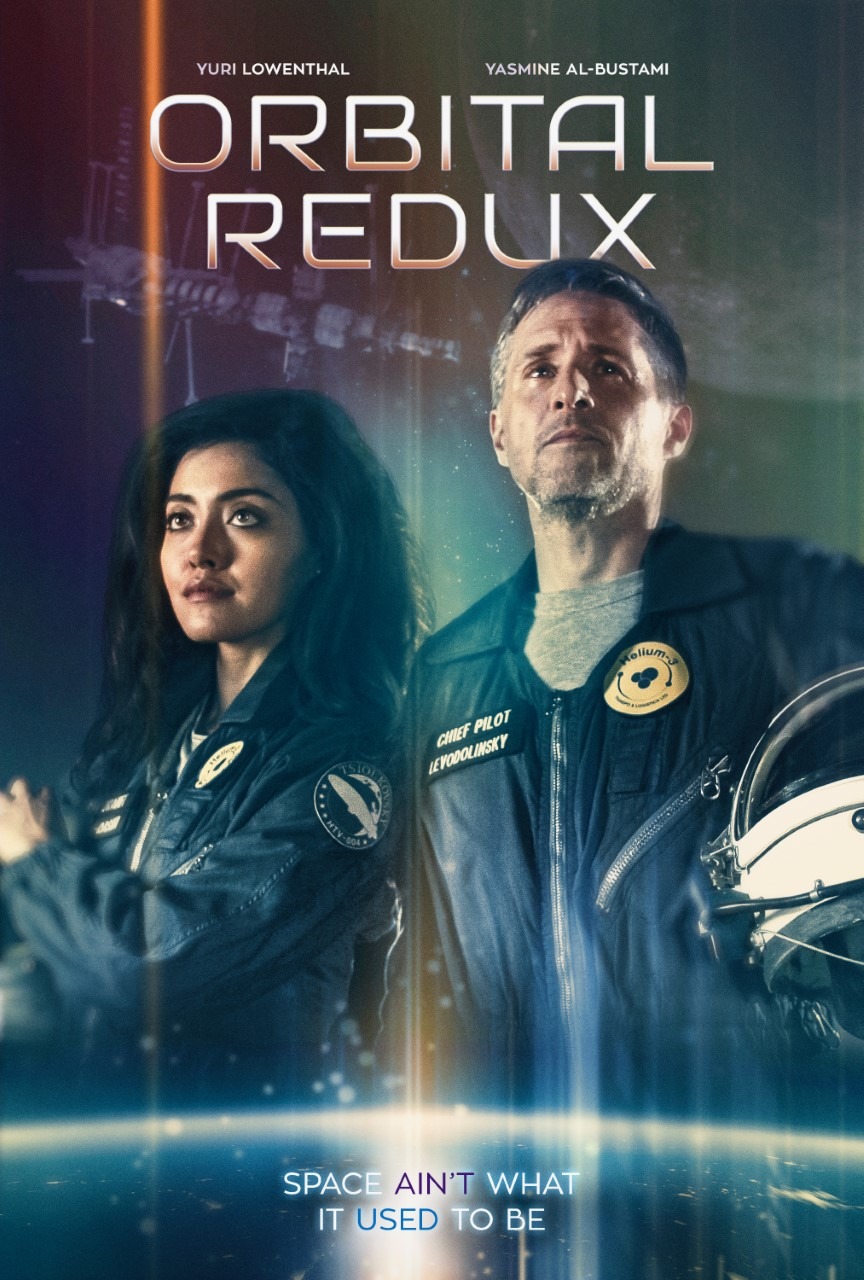
TP: And I continue to write. I have a couple people I’m writing scripts with, and we actually have a script that’s doing pretty well. It was just a second rounder at Austin Film Festival. It’s called The Last Book. I’m working on some other scripts on my own, separately from that. And then I have my first YA novel. Of course we had our publishing company and we did our voice over books and I’ve done a kid’s book [Relax Your Toes] and an epistolary book [Zartana] that’s an interactive journal. The YA book is coming out next year.
What’s that called?
TP: Well, I’m going around in circles with my editor, trying to figure out what the best title is. I’ve been calling it Prep School for Serial Killers in my head for so many years now as I’ve been working on it. She doesn’t think that’s the best title. It will be titled before it comes out next year, I promise! It will be announced on all my socials as soon as it’s available for preorder.
YL: On the anime front, we continue Naruto in the form of Boruto. Sixteen years later, we’re still recording our characters Sasuke and Temari, and doing a lot of video games. We’ve been doing a lot of virtual conventions. We continue to do some work in anime, though not at the great pace we did earlier in our careers. There’s a new He-Man show on Netflix [He-Man and the Masters of the Universe], in which I play the titular role. Netflix has had two He-Man series to come out in the last few months, and mine was the later one. We just announced a new Spider-Man game that we started on. The anime series for Netflix, DOTA: Dragon’s Blood, which is based on a video game, just came out and is great. They announced a season two but we don’t know when that’s going to happen. Netflix has been killing it on the anime. They understand it’s what a lot of people want.
____
Danica Davidson is the author of the bestselling Manga Art for Beginners with artist Melanie Westin, and its sequel, Manga Art for Intermediates, with professional Japanese mangaka Rena Saiya. Check out her other comics and books at www.danicadavidson.com.



